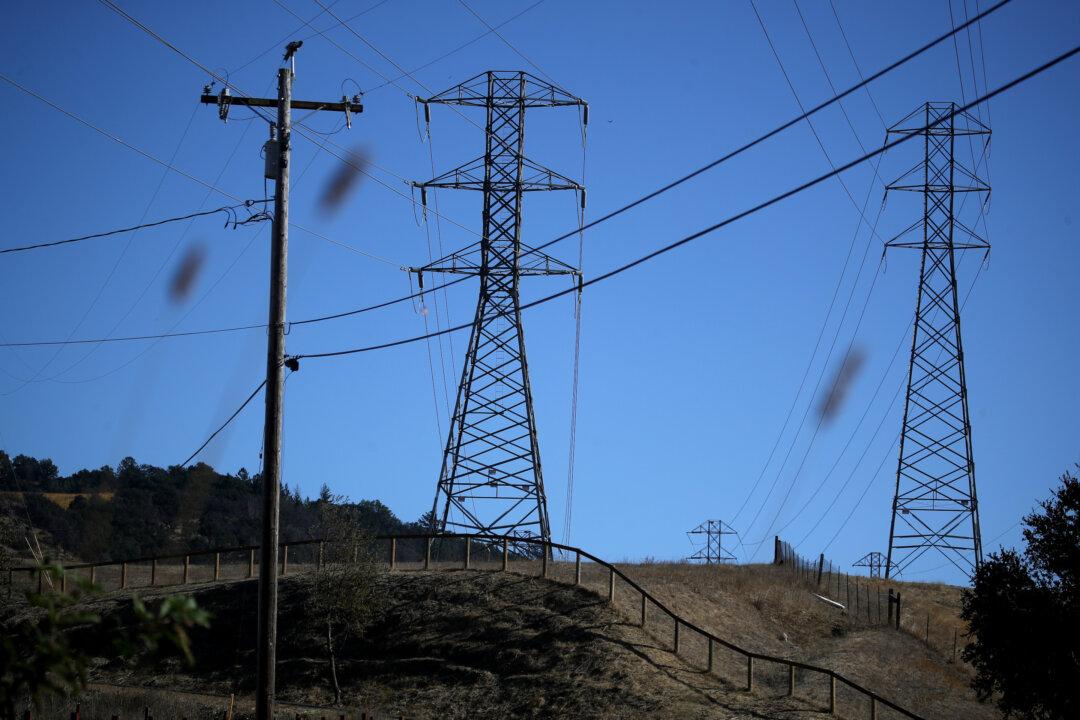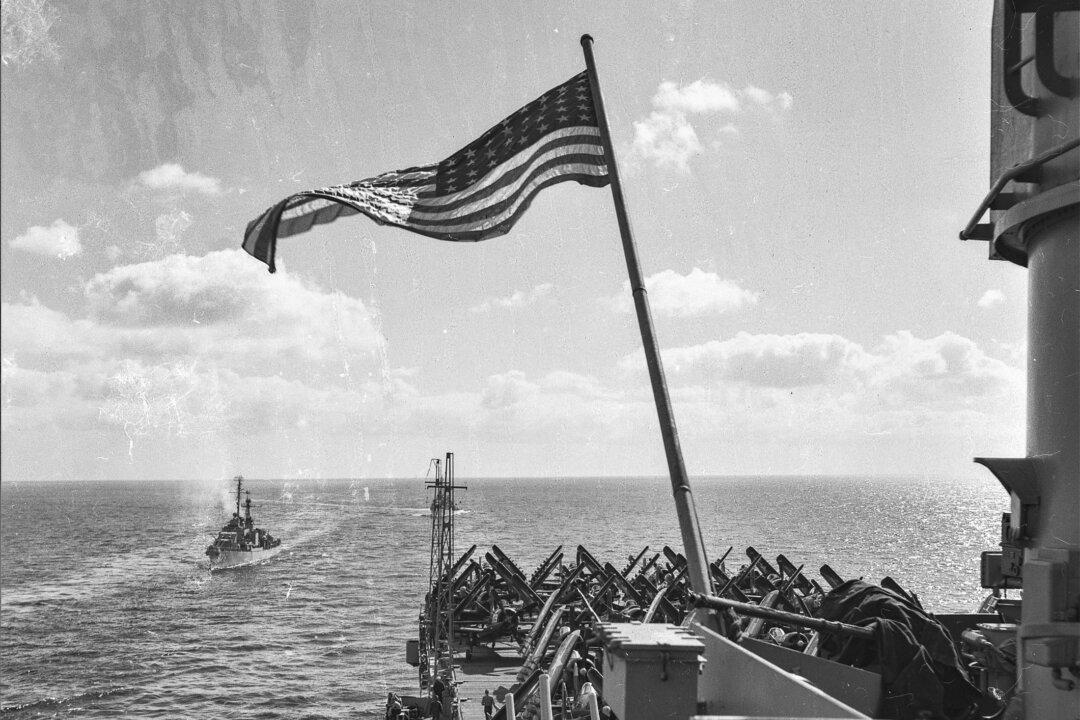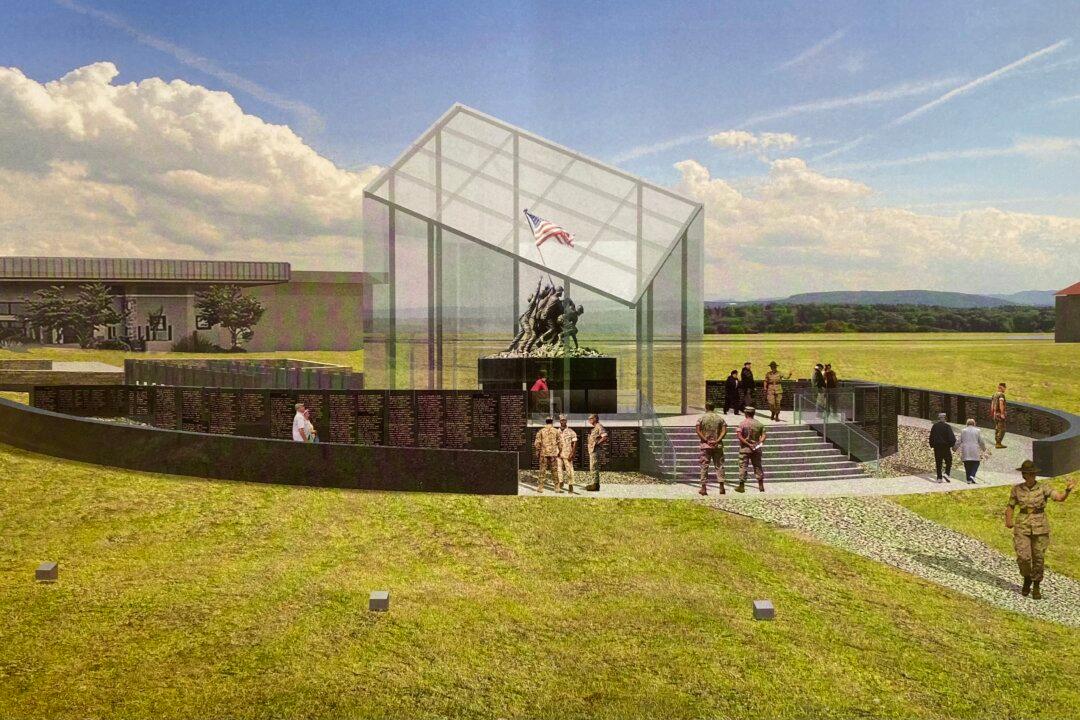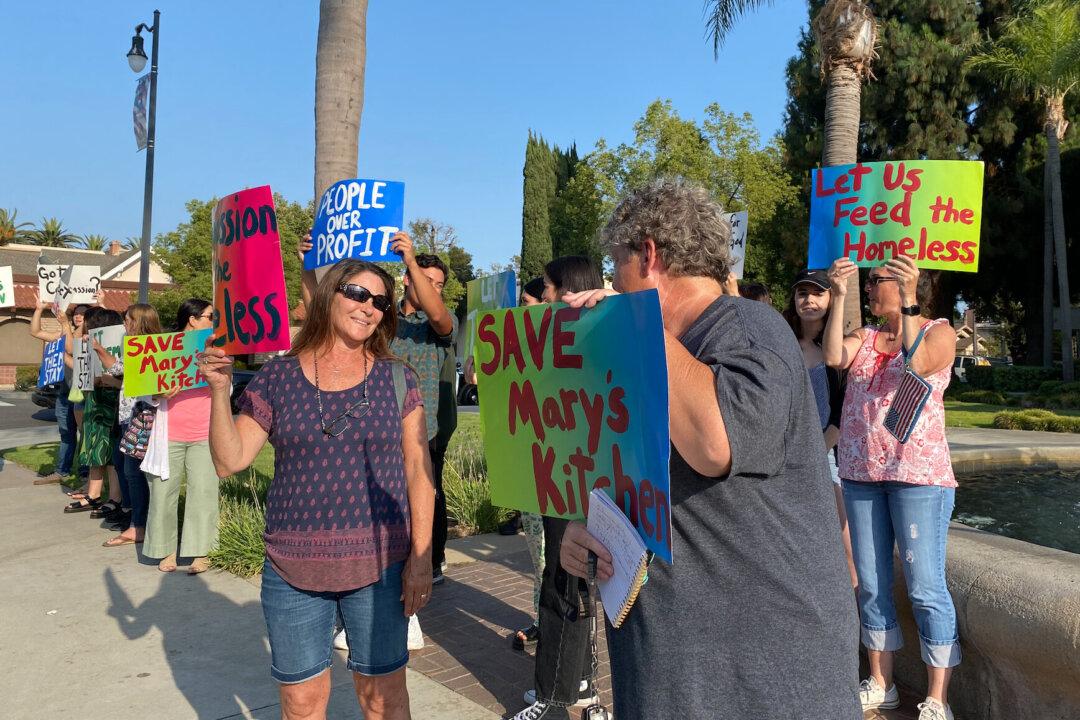Pacific Gas and Electric (PG&E), which has faced widespread criticism from state leaders and residents, is experimenting with new methods for providing alternative power sources for its customers during scheduled Public Safety Power Shutoffs (PSPS).
In October, PG&E provided diesel-fueled generators to commercial areas in four small towns: Calistoga and Angwin in Napa County, Grass Valley in Nevada County, and Placerville in El Dorado County.





